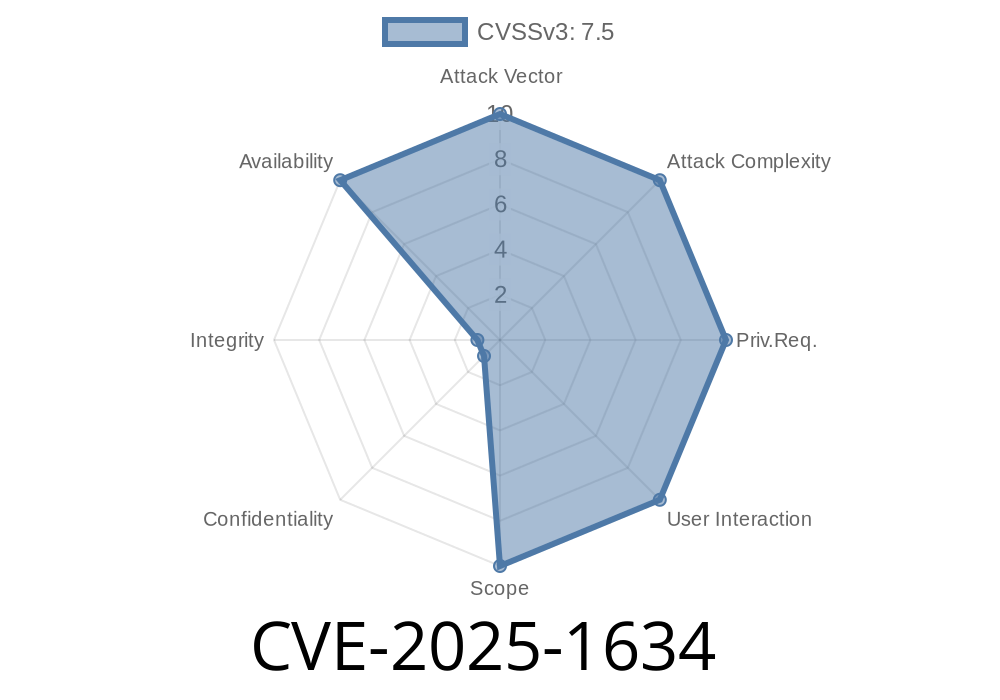A recent discovery of a security vulnerability identified as CVE-2025-1634 reveals a potential memory leak within the Quarkus-Resteasy extension used in various web-based applications and systems. This memory leak can be exploited by sending client requests with low timeouts, which can cause the application to consume more memory and eventually crash due to an OutOfMemoryError. This post delves deeper into the specifics of this security flaw, as well as provides details on how the vulnerability can be exploited, workarounds, and ways to mitigate the risk associated with the memory leak.
Introduction
Quarkus is a popular Kubernetes Native Java framework tailored for Java virtual machines (JVM) and native compilation to develop lightning-fast applications with low memory footprints. The Quarkus-Resteasy extension allows developers to build RESTful web services easily. However, a flaw has been identified in this extension that can compromise application performance and stability.
CVE-2025-1634 is the Common Vulnerabilities and Exposures (CVE) identifier assigned to this specific flaw. The vulnerability results from incorrect buffer release when client requests with low timeouts are made, causing memory leaks and, in extreme cases, crashing the application.
Technical Details
To understand the full extent of this vulnerability, it is necessary to grasp how Quarkus-Resteasy handles client requests and releases buffers.
The following code snippet demonstrates the problematic area of the Resteasy extension
public void onHttpRequestTimeout(HttpRequest request) {
try {
request.abort();
} catch (IOException e) {
logger.warn("Failed to abort request due to IOException: " + e.getMessage());
}
}
This function is responsible for aborting requests that exceed a specified timeout. When a request times out, it should release the buffer tied to it. However, due to an oversight in the code, the buffer is not released correctly, leading to a memory leak.
This vulnerability can be exploited by sending requests with uniquely low timeouts, which cause the application to consume an increasing amount of memory, as seen in this exploit example:
*Exploit Details:*
curl -X GET "http://example.com/data"; -H "Connection: keep-alive" --connect-timeout 1
The command above sends a GET request to an application that uses the Quarkus-Resteasy extension with a low connection timeout value (1 second). The request will abort if it takes longer than this timeout, and due to the flaw, the buffer associated with the request will not be released. An attacker could exploit this vulnerability by sending numerous requests with low timeouts, causing the application to crash due to an OutOfMemoryError.
Mitigation and Workarounds
A patch has been introduced to fix this vulnerability in the Quarkus-Resteasy extension. This patch ensures that the buffer is correctly released when a request times out. To fix the issue, update your Quarkus-Resteasy extension to the latest version.
Here's the patched code snippet that resolves the issue
public void onHttpRequestTimeout(HttpRequest request) {
try {
request.abort();
} catch (IOException e) {
logger.warn("Failed to abort request due to IOException: " + e.getMessage());
} finally {
request.releaseBuffer();
}
}
As seen above, the new code introduces a finally block after the try-catch block, which guarantees that the request.releaseBuffer() function is executed every time, regardless of whether an exception is thrown or not.
You can keep your applications secure by staying up-to-date and following the ongoing discussions from the original maintainers:
- Quarkus GitHub Repository
- Resteasy GitHub Repository
Conclusion
Working actively to mitigate known vulnerabilities is vital for maintaining the security and integrity of your applications. Adhering to best practices, regularly updating your application libraries, and staying informed about security developments are key factors to protect your systems from exploitation. By understanding CVE-2025-1634 and applying the necessary patches, you can ensure that your applications remain reliable and robust against potential attacks exploiting this Quarkus-Resteasy memory leak vulnerability.
Timeline
Published on: 02/26/2025 17:15:22 UTC
Last modified on: 03/18/2025 09:19:30 UTC
